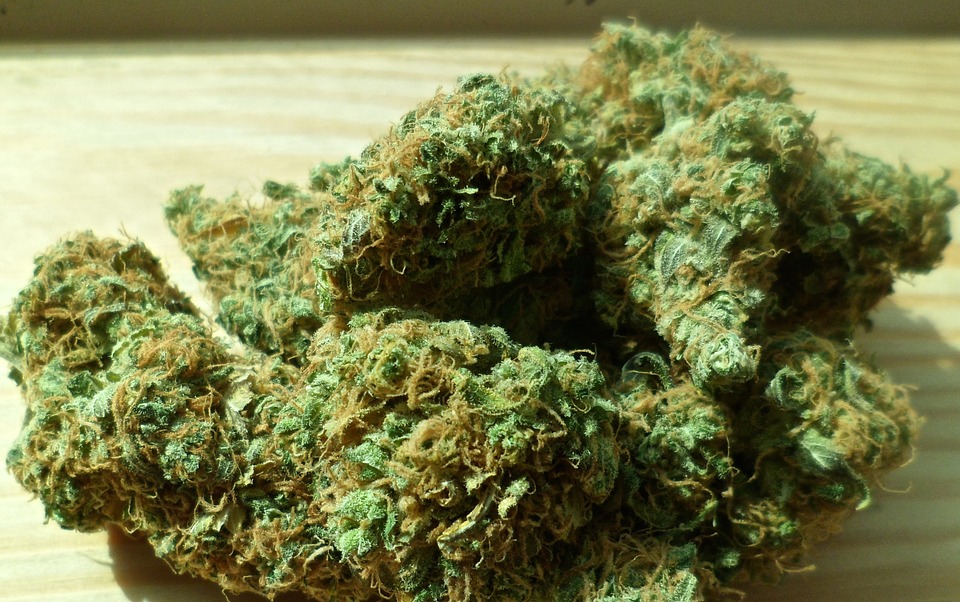
Beyond THC: Understanding other cannabinoids and their effects
Beyond THC: Understanding Other Cannabinoids and Their Effects
Cannabis has been used for centuries for various medicinal and recreational purposes. While its main psychoactive compound, THC, has been extensively researched, there are over 100 other cannabinoids that are found in the plant. Each of these cannabinoids has a unique chemical structure and may have different effects on the body. Here, we delve into some of the other cannabinoids and their potential therapeutic benefits.
CBD (cannabidiol)
CBD has gained popularity in recent years for its potential therapeutic properties, including pain relief, reduction of anxiety and depression, and the treatment of epilepsy. Unlike THC, CBD does not cause euphoria or the feeling of being “high.” This makes it an attractive option for those who want to experience the benefits of cannabis without the psychoactive effects. CBD works by interacting with the body’s endocannabinoid system, which is responsible for maintaining homeostasis and regulating various bodily functions such as sleep, mood, and appetite.
Research
A study published in the New England Journal of Medicine found that CBD was effective in reducing seizures in children with Dravet syndrome, a rare form of epilepsy. Another study found that CBD may have potential in reducing anxiety and improving sleep in individuals with post-traumatic stress disorder (PTSD).
CBN (cannabinol)
CBN is a non-psychoactive cannabinoid that is formed when THC degrades over time. It is typically found in small quantities in aged cannabis. While research on CBN is limited, some studies suggest that it may have potential as a sleep aid and may also have anti-inflammatory properties.
Research
A study published in the Journal of Pharmacology and Experimental Therapeutics found that CBN had a sedative effect in mice and may have potential in treating insomnia. Another study found that CBN may have anti-inflammatory properties that could be useful in treating conditions such as arthritis.
CBC (cannabichromene)
CBC is a non-psychoactive cannabinoid that is found in low concentrations in most cannabis strains. Like CBD, it works by interacting with the body’s endocannabinoid system. While research on CBC is still in its early stages, some studies suggest that it may have potential in reducing inflammation and pain.
Research
A study published in the Journal of Natural Products found that CBC had significant anti-inflammatory properties and may have potential in treating inflammatory issues such as acne. Another study found that CBC may have potential as a pain reliever by interacting with the body’s pain receptors.
Conclusion
While THC may be the most well-known cannabinoid, there is increasing research being conducted on the potential therapeutic benefits of other cannabinoids such as CBD, CBN, and CBC. While more research is needed to fully understand the effects of these compounds, they may have significant potential in treating a range of conditions from insomnia to inflammation. As legalization of cannabis continues to spread, we may see an increase in research on these often-understudied cannabinoids.
References:
- Cannabinoids in Health and Disease
- Cannabidiol (CBD) and Its Analogues: A Review of Their Effects on Inflammation
- Cannabinol in Sedation and Sleep: A Systematic Review
- Cannabichromene and Cannabidiol Are Protective in a Mouse Model of Multiple Sclerosis



